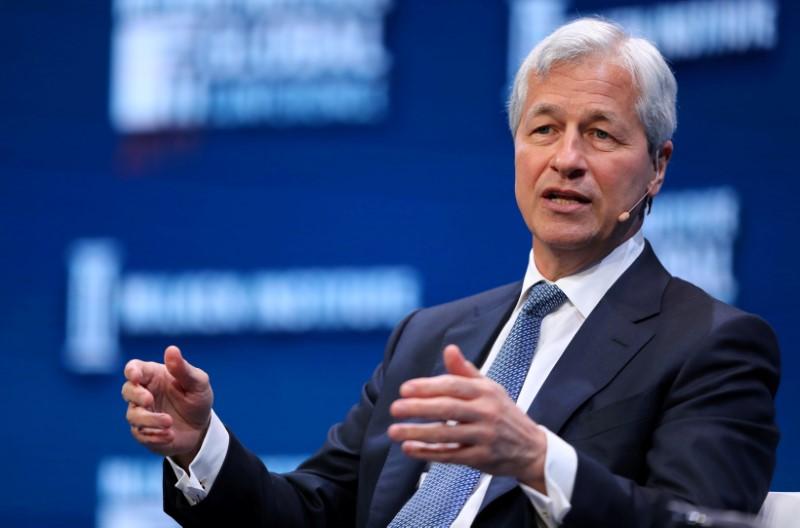Commentary
It’s hard to find a seasoned investor who doesn’t believe that the stock market is overbought on a short-term basis. Still, there are some underlying catalysts that continue to fuel investor enthusiasm.

It’s hard to find a seasoned investor who doesn’t believe that the stock market is overbought on a short-term basis. Still, there are some underlying catalysts that continue to fuel investor enthusiasm.